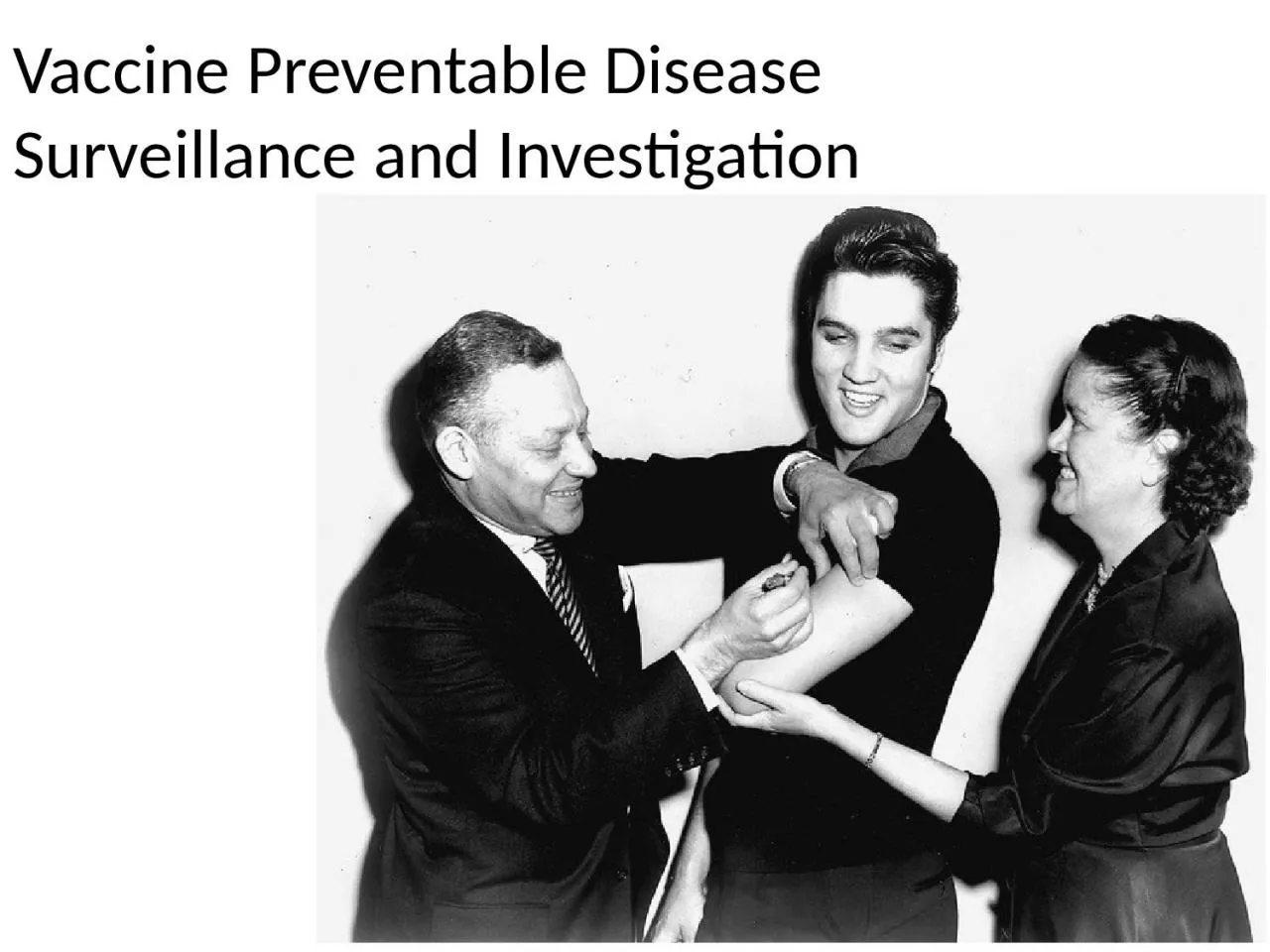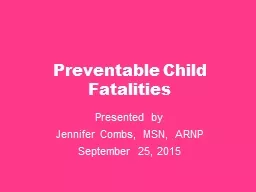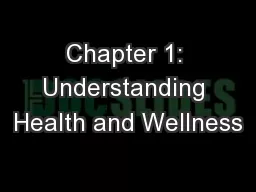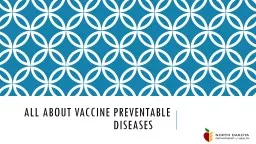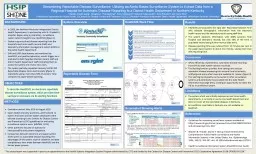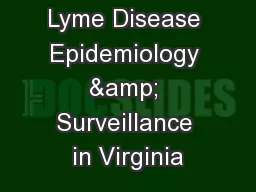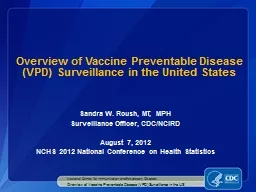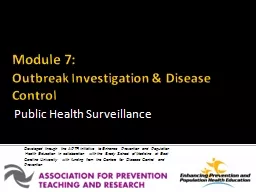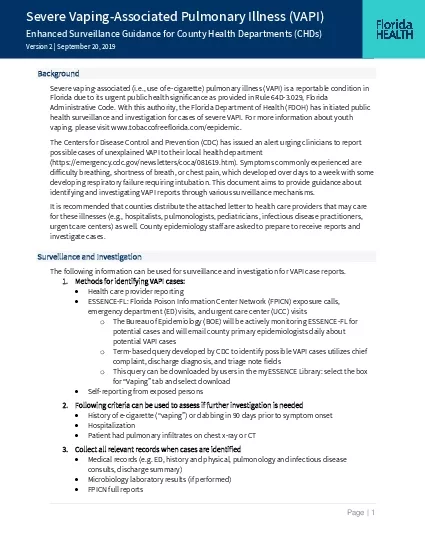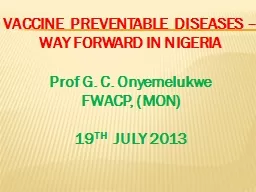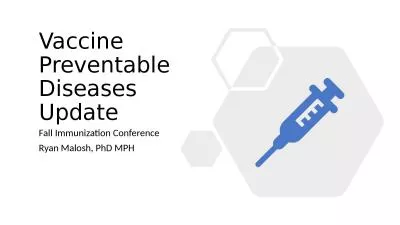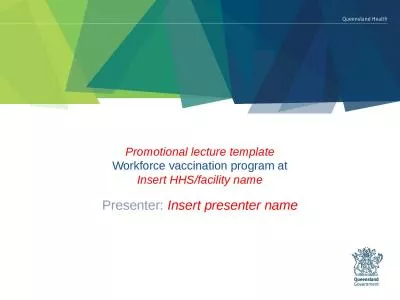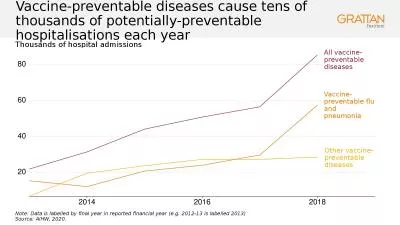PPT-Vaccine Preventable Disease Surveillance and Investigation
Author : samantha | Published Date : 2023-08-31
VPD Team Rachel Wiseman team lead Measles rubella tetanus polio diphtheria Brandy Tidwell Varicella pertussis Haemophilus mumps Kayla Boykins Hepatitis A and B
Presentation Embed Code
Download Presentation
Download Presentation The PPT/PDF document "Vaccine Preventable Disease Surveillance..." is the property of its rightful owner. Permission is granted to download and print the materials on this website for personal, non-commercial use only, and to display it on your personal computer provided you do not modify the materials and that you retain all copyright notices contained in the materials. By downloading content from our website, you accept the terms of this agreement.
Vaccine Preventable Disease Surveillance and Investigation: Transcript
Download Rules Of Document
"Vaccine Preventable Disease Surveillance and Investigation"The content belongs to its owner. You may download and print it for personal use, without modification, and keep all copyright notices. By downloading, you agree to these terms.
Related Documents

